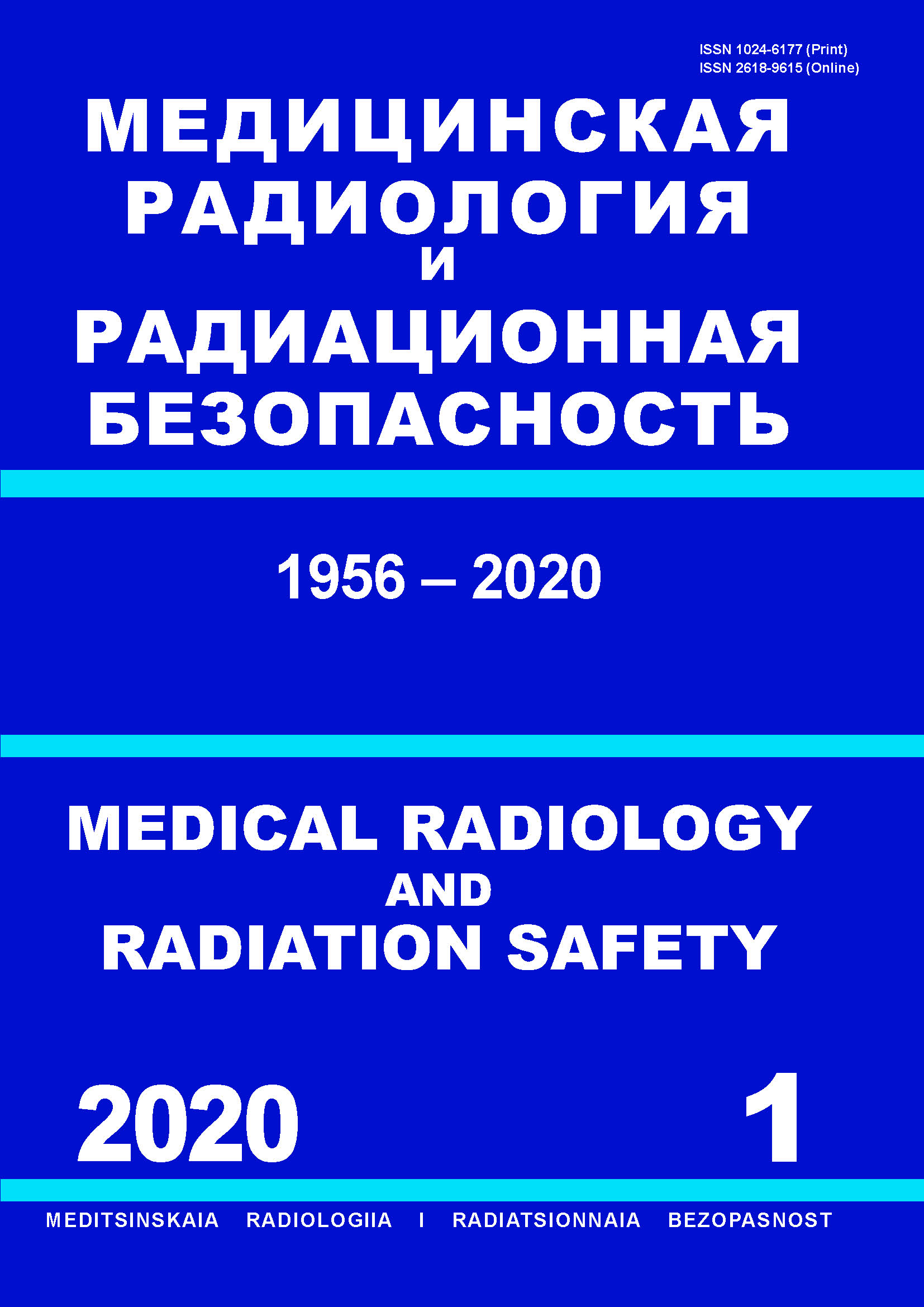Russian Federation
Russian Federation
CSCSTI 76.03
CSCSTI 76.33
Russian Classification of Professions by Education 14.04.02
Russian Classification of Professions by Education 31.06.2001
Russian Classification of Professions by Education 31.08.08
Russian Classification of Professions by Education 32.08.12
Russian Library and Bibliographic Classification 51
Russian Library and Bibliographic Classification 534
Russian Trade and Bibliographic Classification 5708
Russian Trade and Bibliographic Classification 5712
Russian Trade and Bibliographic Classification 5734
Russian Trade and Bibliographic Classification 6212
Purpose: Learning the state of the internal organs in newborns with severe perinatal asphyxia after general therapeutic hypothermia. Material and methods: 80 newborns with severe perinatal asphyxia born from January 2014 to May 2019 in Kursk were under observation. In the first 6 hours of life, 52 patients were started with general therapeutic hypothermia (1st observation group), 28 newborns did not perform hypothermia (2nd control group). All children underwent a dynamic complex radiological examination, included ultrasound of the brain, abdominal organs and retroperitoneal space, echocardiography with Doppler, chest X-rays. Results and discussion: In both groups of observations, radiation symptoms of liver and gallbladder changes were identified: a uniform increase in the echogenicity of the hepatic parenchyma (98.1 % of cases in group 1 and 100 % of cases in group 2, p > 0.05), visual “impoverishment” of the vascular pattern (98.1 % and 100 %, p > 0.05), hepatomegaly (19.2 % and 21.4 %, p > 0.05), thickening of the gallbladder walls, loose sediment or suspension in its lumen (7.7 % and 10.7 %, p > 0.05). All 80 examined patients showed a bilateral increase in echogenicity of the renal parenchyma with visual impoverishment of intraorgan blood flow and impaired corticomedullary differentiation. The described internal organs changes were reversible and due, in our opinion, mainly to the effect of asphyxiation and resuscitation measures. According to the results of chest X-ray, we did not reveal the effect of therapeutic hypothermia on the incidence of hospital pneumonia: it was found in 34.6 % newborns from the 1st group and in 42.9 % – from the 2nd one (p > 0.05). However, in the first 14 days of life the respiratory failure caused by edematous and hemorrhagic changes in patient’s lungs was detected more often in patients from observation group then in patients from control group: respectively 76.9 % and 42.8 % of cases (p <0.05). This indicates a negative effect of general therapeutic hypothermia on the respiratory system of newborns with severe perinatal asphyxia.
newborns, severe perinatal asphyxia, general therapeutic hypothermia, radiation examination
1. Feng W, Zhang Q, Fu X.-L. et al. The emerging outcome of postoperative radiotherapy for stage IIIA(N2) non-small cell lung cancer patients: based on the three-dimensional conformal radiotherapy technique and institutional standard clinical target volume. BMC Cancer. 2015;15:348-57. DOI:https://doi.org/10.1186/s12885-015-1326-6
2. Robinson CG, Patel AP, Bradley JD. et al. Postoperative Radiotherapy for Pathologic N2 Non-Small-Cell Lung Cancer Treated With Adjuvant Chemotherapy: A Review of the National Cancer Data Base. J Clin Oncol. 2015;33( 8):870-6.
3. Trotsenko SD, Solodky VA, Sotnikov VM et al. The results of surgical and combined treatment for non-small cell lung cancer with postoperative radiotherapy in the mode of hypofractioning. Overall and disease-specific survival. Problems in Oncology. 2015(1):71-6. (In Russ.)
4. Postmus PE, Kerr KM, Oudkerk M. et al. Early and locally advanced non-small-cell lung cancer (NSCLC): ESMO Clinical Practice Guidelines for diagnosis, treatment and follow-up. Ann Oncol. 2017;28 (Supplement 4): iv1-iv21.
5. Bezjak A, Temin S, Franklin G. et al. Definitive and Adjuvant Radiotherapy in Locally Advanced Non-Small-Cell Lung Cancer: American Society of Clinical Oncology Clinical Practice Guideline Endorsement of the American Society for Radiation Oncology Evidence-Based Clinical Practice Guideline. J Clin Oncol. 2015;33(18):2100-5. DOI:https://doi.org/10.1200/JCO.2014.59.2360.
6. et al. Prognostic Models for Patient Selection in Postoperative Radiotherapy: Ready for Use? J Thorac Oncol. 2018;13(12):1809-11.
7. Gomez JA, Gonzalez F, Counago et al. Evidence-based recommendations of postoperative radiotherapy in lung cancer from Oncologic Group for the Study of Lung Cancer (Spanish Radiation Oncology Society. Clin Transl Oncol. 2016;18:331-41. DOI:https://doi.org/10.1007/s12094-015-1374-z
8. Mikell JL, Gillespie TW, Hall WA. et al. Post-operative radiotherapy (PORT) is associated with better survival in non-small cell lung cancer with involved N2 lymph nodes. J Thorac Oncol. 2015;10(3):462-71.
9. Hui Z, Dai H, Liang J. et al. Selection of Proper Candidates with Resected IIIA-N2 Non-small Cell Lung Cancer for Postoperative Radiotherapy: A New Prediction Model.// Int. J. Radiation Oncology Biology Physics. 2008;72(1). Suppl. A.1015
10. Cox JD, Scott CB, Byhardt RW. et al. Addition of chemotherapy to radiation therapy alters failure patterns by cell type within non-small cell carcinoma of lung (NSCCL): analysis of radiation therapy oncology group (RTOG) trials. Int J Radiat Oncol Biol Phys. 1999;43(3): 505-9.
11. Yano T, Okamoto T, Fukuyama S, Maehara Y. Therapeutic strategy for postoperative recurrence in patients with non-small cell lung cancer. World J Clin Oncol. 2014;5(5): 1048-1054.





